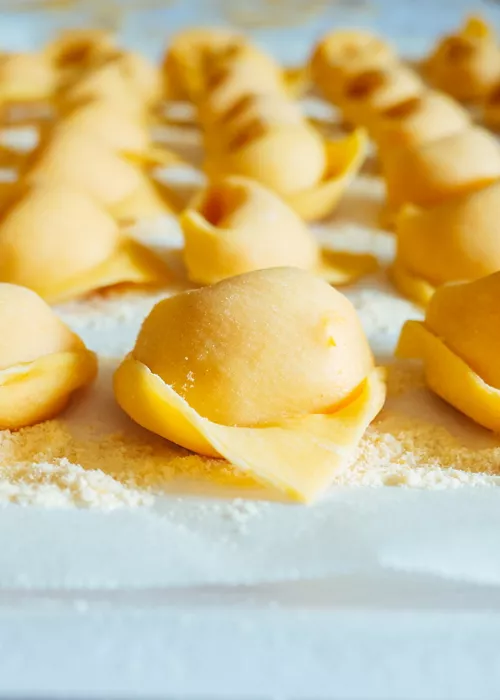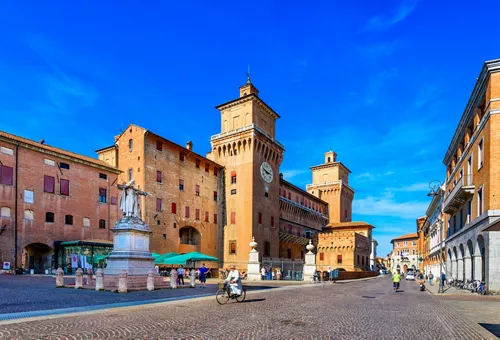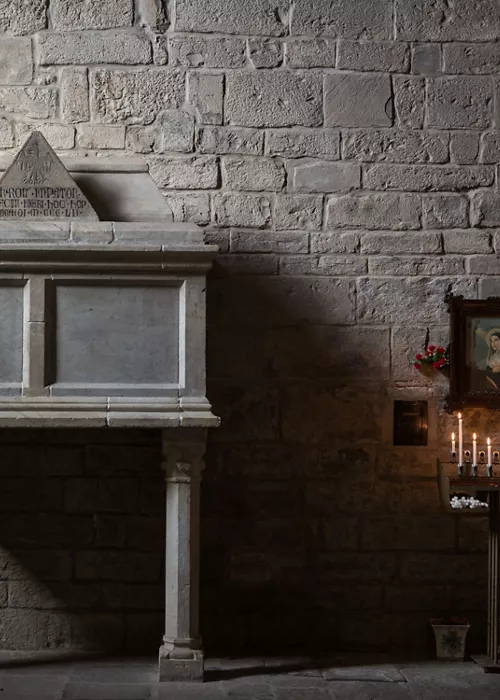Parmigiano Reggiano: Italian Excellence
3 minutes
One of the symbols of Made in Italy gastronomy, Parmigiano Reggiano is a cooked, hard parmesan cheese made from partially skimmed cow's milk (by natural separation) and is classified under the protected designation of origin (PDO) category. The area where this cheese is made includes the provinces of Parma, Reggio Emilia, Modena, Mantua (up to the area to the right of the Po River) and Bologna (only to the left of the Reno River).
About 3 million whole cheeses are produced every year. They are sold in Italy and exported to 48 countries around the world. They are made by several small creameries - at least 420 according to recent estimates by the Associated Consortium. Each creamery collects the milk from a few cowsheds and makes no more than 20 whole cheeses per day.
This is the secret to quality parmigiano reggiano - quality that has remained the same for 8 centuries and involves making the cheese based on ancient methods and a tradition dating back to the 12th century.

The evening milking is brought to the dair or cheese factory and placed in large steel tanks, where it remains all night long. The next day, the cream that naturally surfaced is removed (and used to make butter), and the milk from the morning milking is added. This is when thecheesemaker’s work begins. Curdling is caused by adding calf rennet. The curd is broken down and collected in cheese moulds where it takes on its typical shape. A few days later, it is salted and left to absorb the salt for about 20-30 days.
Then the aging begins, which can last from 12 - 24 months. Before being sold, the whole cheeses are inspected one by one, and tested using a special hammer-diapason. The vibrations generated indicate whether or not the cheese is perfectly intact. Then both sides and the outer edges of the whole cheese are marked with its label. A wheel of parmesan cheese weighs about 70.5 lbs.
If you consider that about 16 litres of milk are needed to make 1 kg of cheese, this means about 5 hectolitres are required to make each whole cheese. This gives you an idea of the concentration of nutritious elements in parmesan cheese, especially calcium and phosphorous which when combined with its easy digestibility, make it the perfect food for children and the elderly.

Parmigiano is a table cheese but can also be grated and is a basic ingredient in hundreds of recipes. It’s a good rule of thumb to eat parmesan cheese (in pieces) that has been aged for at least 12 months, while grated parmesan should be aged for a minimum of 24 or more months (also known as stravecchio or very mature). Often, pieces of parmesan cheese are vacuum-packed so the cheese lasts longer, but it can be stored in the refrigerator wrapped in cling film. Parmesan cheese can be eaten alone, perhaps accompanied by honey or marmalade, but it can also be used as a seasoning on salads (for example with dried salted beef and rocket salad), pasta and in soups.

The economic value of parmigiano reggiano is so high that several Italian banks use the product as security when they grant a loan to cheese producers. Many events and festivals that pay homage to this product take place all year long throughout Emilia Romagna, but also abroad.




























